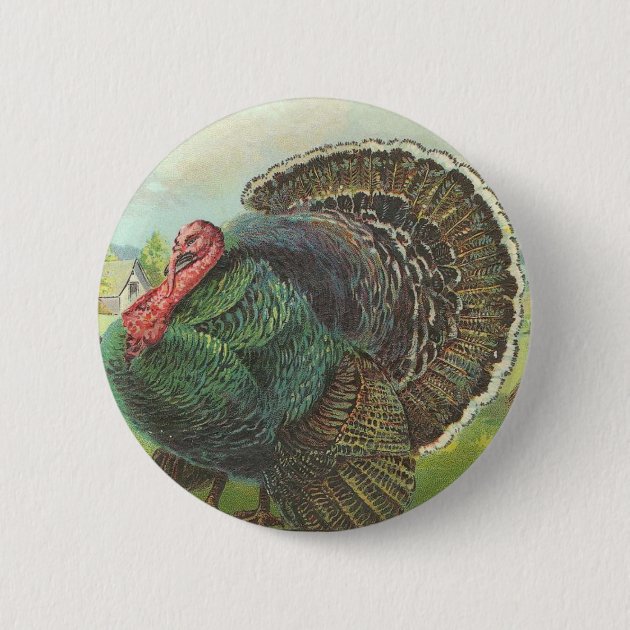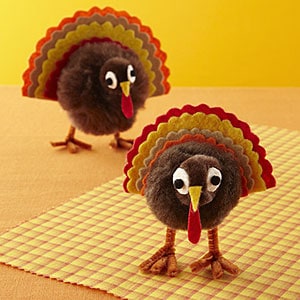
Despite kitchen gurus who promote the use of digital probes, Thermapens and other tools to accurately gauge the temperature of a bird, millions of Americans continue to rely on those slender, often disposable timers drilled directly into their turkeys. When it comes to determining the doneness of a Thanksgiving turkey, the gap between the pros and home cooks could hardly be wider. The company’s birds have “never, never, never” had timers in them, says Carol Miller, supervisor for the Butterball Turkey Talk-Line. Įven Butterball, the brand probably most familiar to home cooks, doesn’t endorse the pop-up timer.

From Martha Stewart to Consumer Reports to Cook’s Illustrated, the pros all express little faith in the gadget. A half-century later, professionals actively steer amateurs away from the timers to avoid that very fate: arid, overcooked birds bound for the nearest dog bowl. The instrument was designed in the 1960s, back when home cooks often relied on unreliable time-per-pound recommendations, to prevent folks from roasting their turkeys into dehydrated meat sacks. “If I had my way, the world would be rid of it.” The only service this meat-based jack-in-the-box can provide is to “inform you when your turkey is beyond edibleness,” López-Alt says. He says he has plenty: He rips them from uncooked turkeys all the time. Kenji López-Alt, the respected managing culinary director for the Web site Serious Eats, how much experience he has with pop-up timers.

(Joshua Yospyn/For The Washington Post)īefore the two of us waste too much time on the subject, I ask J. In all, nine turkeys were roasted in the name of science. All but one of this bird’s plastic plungers popped up during a test conducted at the CulinAerie cooking school on 14th Street NW.


 0 kommentar(er)
0 kommentar(er)
